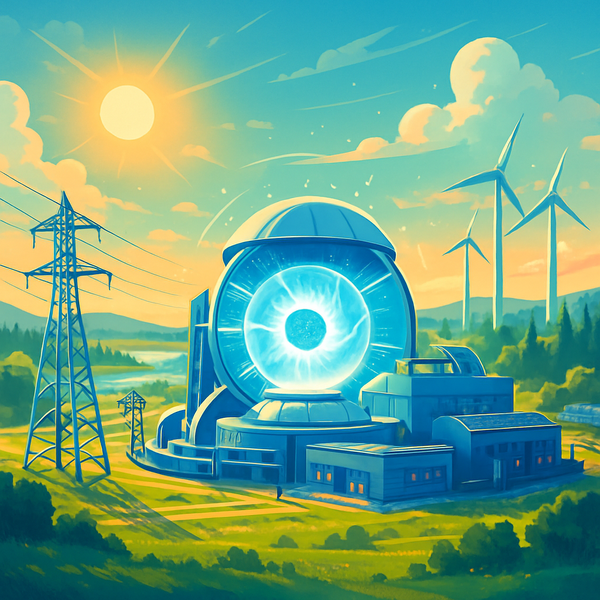
→ Discover the Calendar for Year 2033
Governments around the world in 2033 operate in a more hybrid fashion, blending in-person democracy with AI-supported citizen assemblies run via real-time virtual participation. The "Digital Deliberation Chambers" in Canada, Germany, and Japan allow citizens to vote directly on key legislation using verified biometric log-ins. There's increasing geopolitical cooperation on planetary stewardship, largely driven by climate partnerships and the Lunar Accord Pact, now signed by 58 nations. Many cities now have integrated Community AI Counselors aiding in urban planning based on citizen sentiment data. The global social fabric continues to knit tighter through “culture clouds” — global livestreams of festivals, real-time translation layers for IRL conversations, and transnational friendships formed in shared AR spaces.
Meanwhile, governance has changed cultural attitudes: politics is less polarized due to verified facts embedded in blockchain-based newsfeeds, drastically reducing misinformation. Cities experimenting with universal basic mobility grants (handled via green micro-credits) have reported a 22% drop in homelessness. In education, MicroCampus Pods — mobile solar learning hubs — have proliferated across rural Africa and Asia.
AI-powered interfaces called "NeuroJels" are now mainstream. These are bio-friendly forehead patches that allow non-invasive neural input — users can control augmented interfaces via thought, widely replacing smartphones. Personal fusion-cells (power pods no larger than a teacup) charge homes and electric vehicles. Smart wearables now filter air or produce vitamin D based on sun exposure predictions. Most city buildings now have algae-glass windows generating energy and improving air quality.
CRISPR 6.0 innovations have led to therapies that delay visible aging by 7–10 years, with aging reversal trials underway in Europe. China unveils its first city fully operated by a decentralized AI consortium – decisions are made algorithmically with transparency protocols and public override mechanisms.
Digital twins of individuals (AI clones updated weekly) manage to-do lists, virtual errands, and even host work meetings. Meanwhile, low-orbit satellite networks have finally eliminated digital dead zones on Earth.
Music is dominantly interactive — with modular AI-assisted compositions individualized per listener. TuneTide, a platform where users remix global sounds via mind-controlled loops, is the top music app. Acoustic heritage styles like Mongolian throat singing and Senegalese drumming are resurging in popularity via remixed 'ancestry beats.'
The bestselling book is "Humanity 2.5: Ethics in the Age of Editable Souls," a hybrid AR-novel with real-time historical simulations. Bioluminescent street art using gene-edited moss is thriving in urban spaces, turning cities like Melbourne and Quito into glowing night museums. Films now frequently release as "4D Streams" — multisensory pods combined with shared haptic group experiences.
Popular titles include the post-hope sci-fi epic “Children of the Aurora Station”, and the AI-directed romantic dramedy “CTRL + Heart”. Podcasts remain popular, but more immersive: people listen while in “sensorial domes,” which match ambient scents and kinetic feedback with story arcs.
Hoverball 3.0 — a dynamic sport played mid-air in zero-gravity arenas suspended in vertical urban wells — dominates international broadcasts. The annual Space Nations Cup this year includes a Lunar exhibition team composed of part-time Moon-based researchers. Traditional sports integrate AI-enhanced referees and AR overplays — viewers can toggle between emotional telemetry of players and multi-angle shots.
Music festivals often occur in hybrid VR/physical form, with fans dancing beside avatars across time zones. The Olympics now include an AI-Human Cooperative Sports category, with chess-boxing-AI hybrids gaining popularity. People also flock to the “Senscape” theaters: multisensory, AI-curated dream experiences during day naps.
TV shows still exist but are more kinetic: "The Feed Up" is a global AI experiment where randomized people from 10 countries share meals and debates live. Niche genre “emotion syncing shows,” that match a viewer's mood based on bio-data, have created cult followings.
Memes in 2033 are alive — literally. Short-loop holographic pets mimicking meme behavior (like dancing frogs, yodeling goats) roam as AR layers atop your room. The year's viral hit: ‘JellyJeff,' a floating jellyfish AI bot dispensing dad jokes and horoscopes in skateparks.
People now casually say “Hey Ghost-Joe, take the call,” when referring to their digital AI assistant that mimics past versions of themselves. Group mind-sync cooking (syncing neural taste preference for optimal menus) is a hit with foodies. Meanwhile, “Proxymoons” — smaller simulation moons created in virtual physics spaces — host fantasy versions of Earth cultures, and people now propose marriage atop floating data-pagodas there.
And yes, cats are still the internet's royalty — except now they appear in AI-generated period dramas voiced by British thespians, streaming on V-flix.
Life in 2033 feels both surreal and deeply human — unified by empathy tech, powered by clean fusion, and laced with humor in every layer of reality.